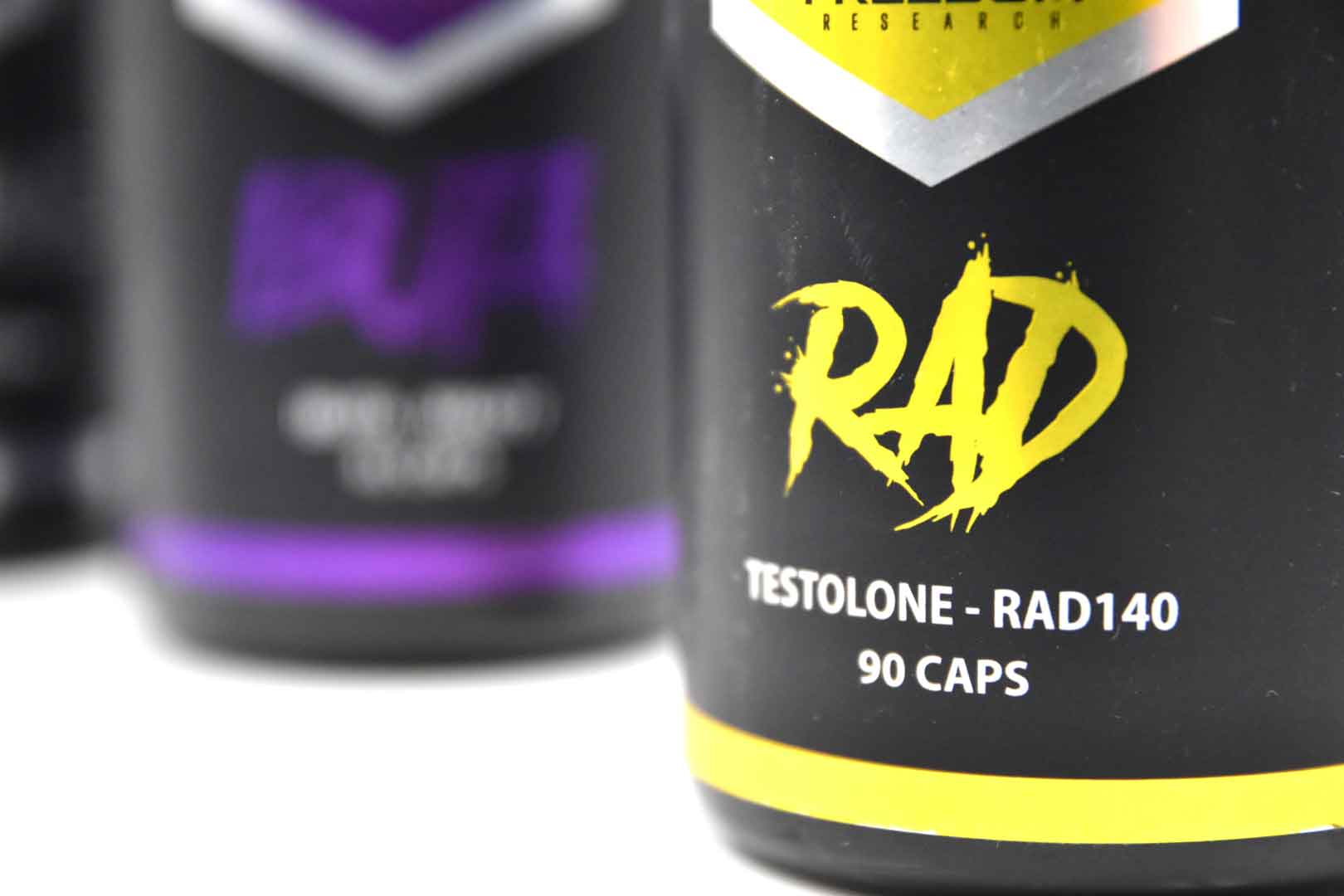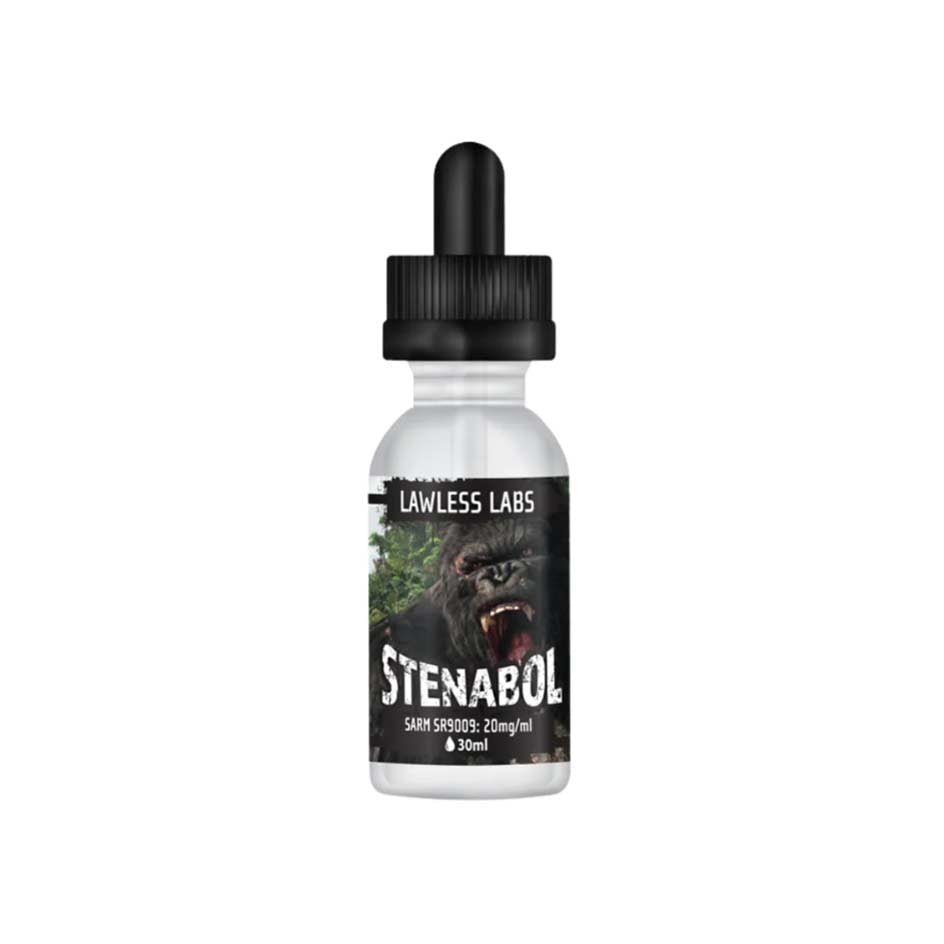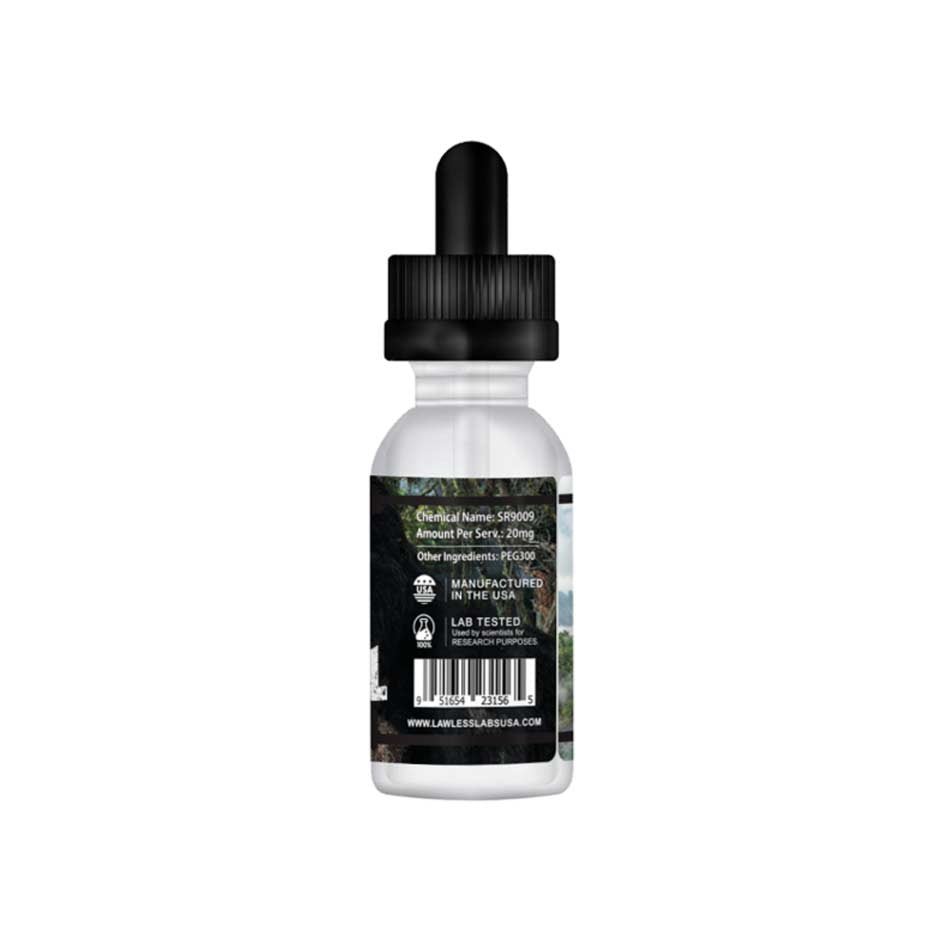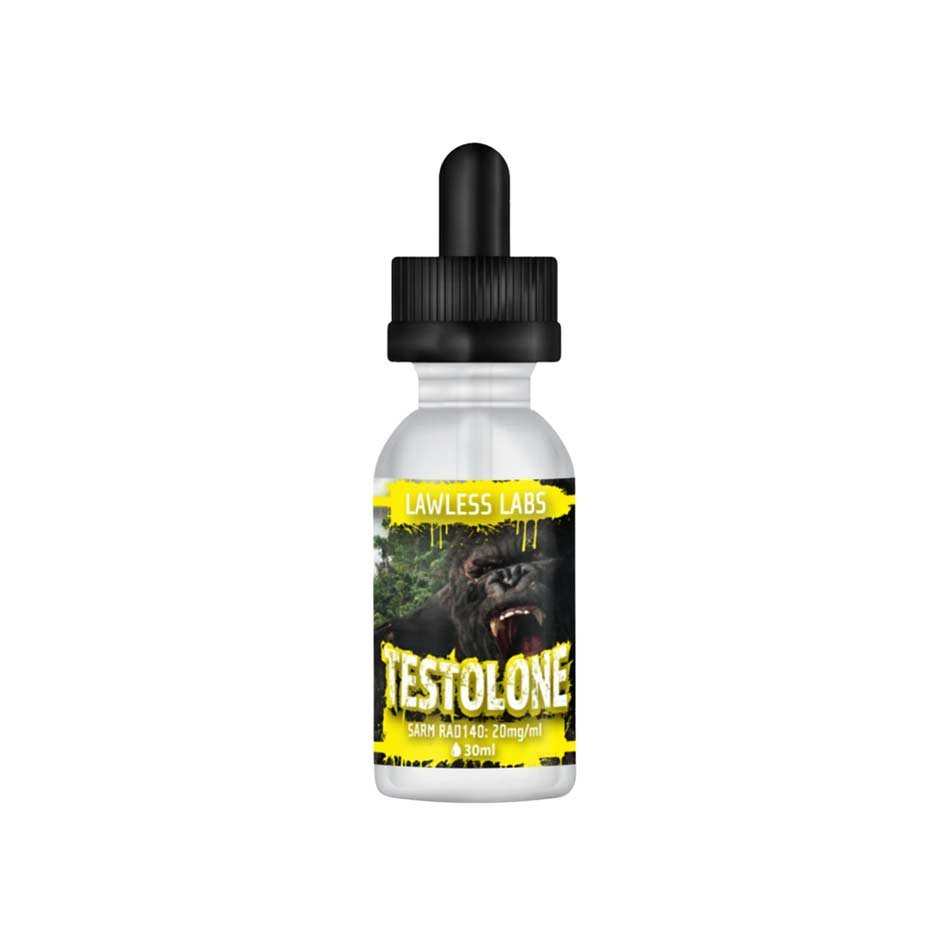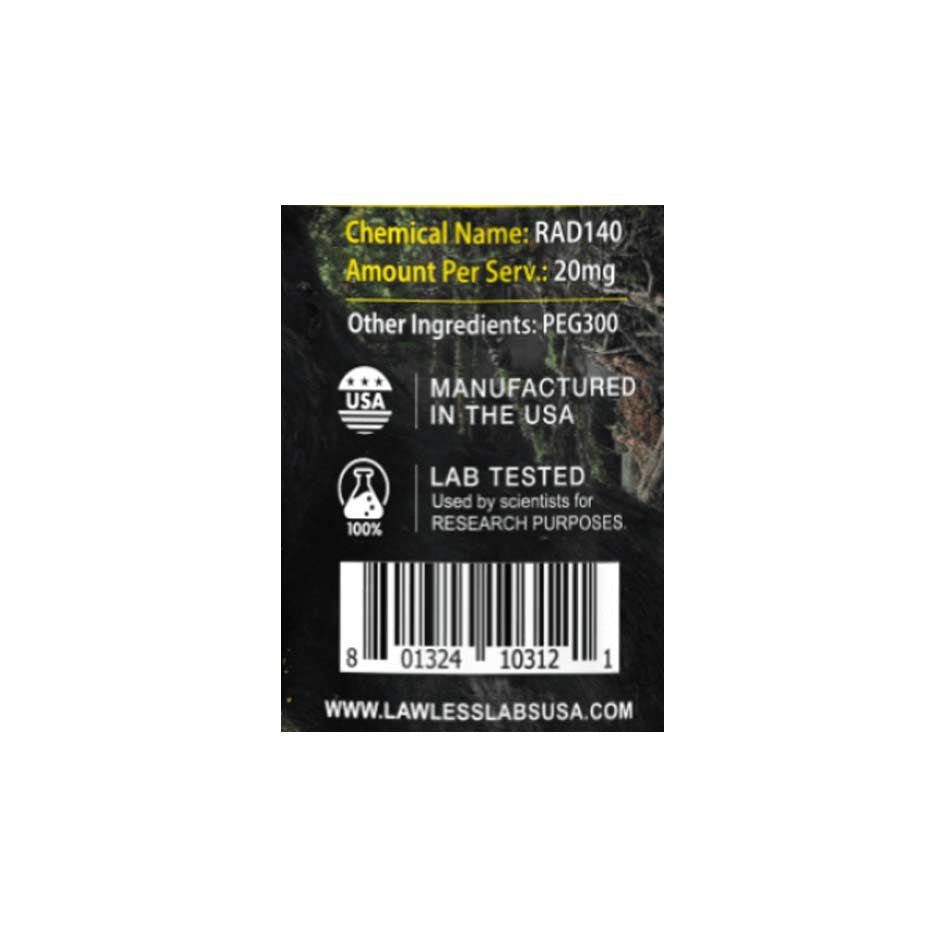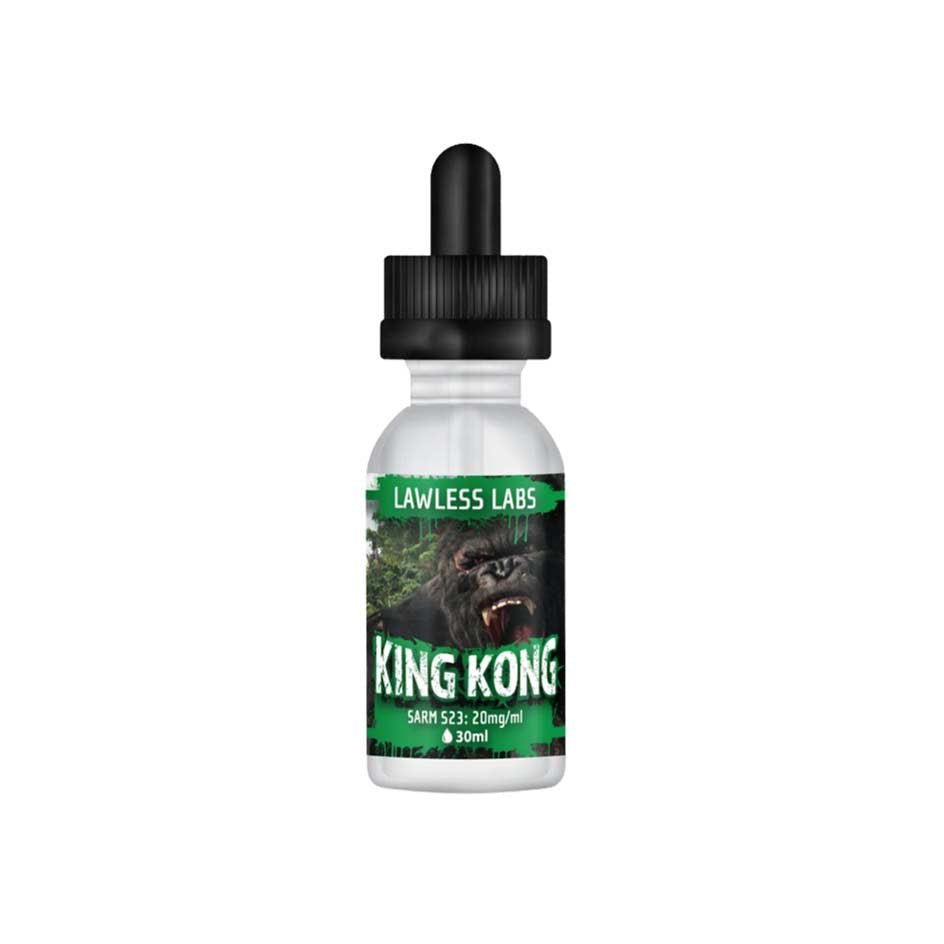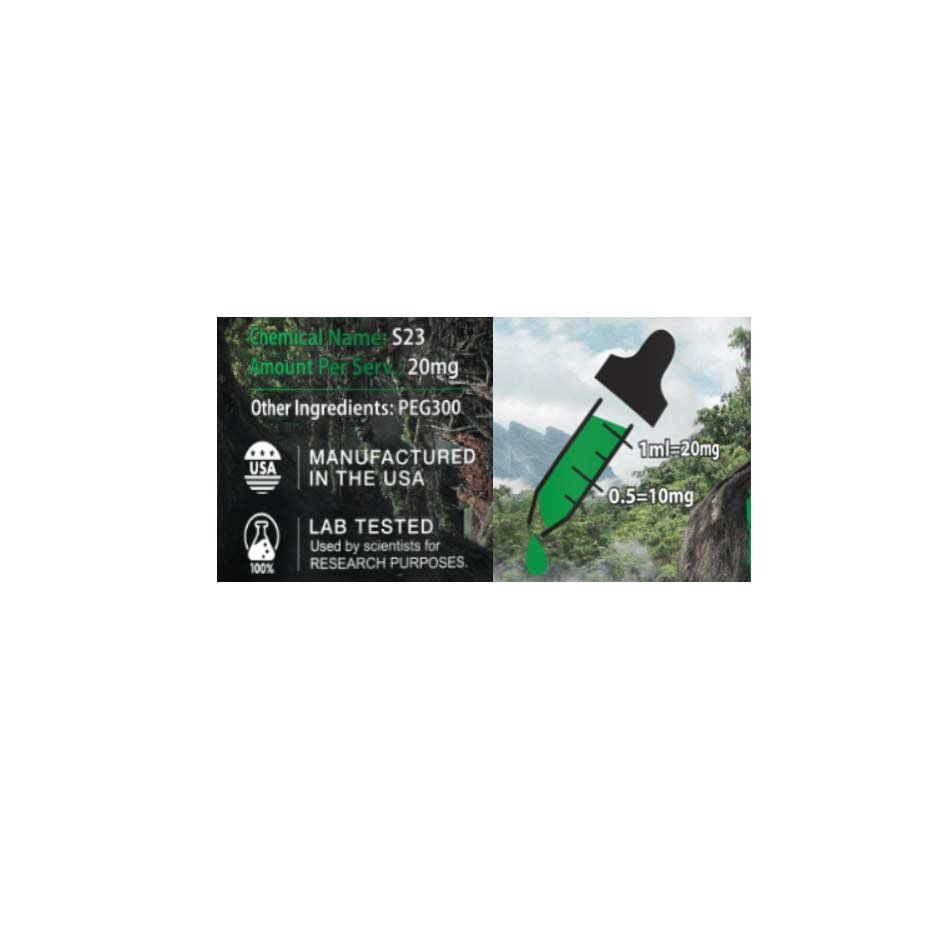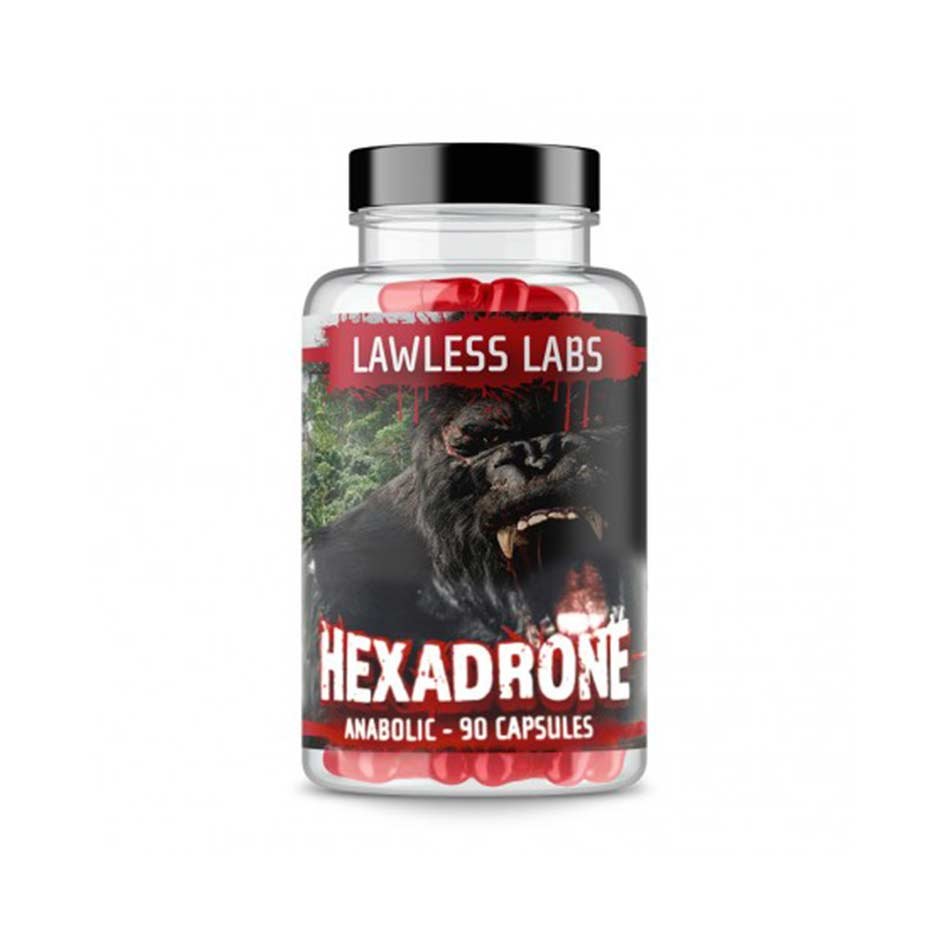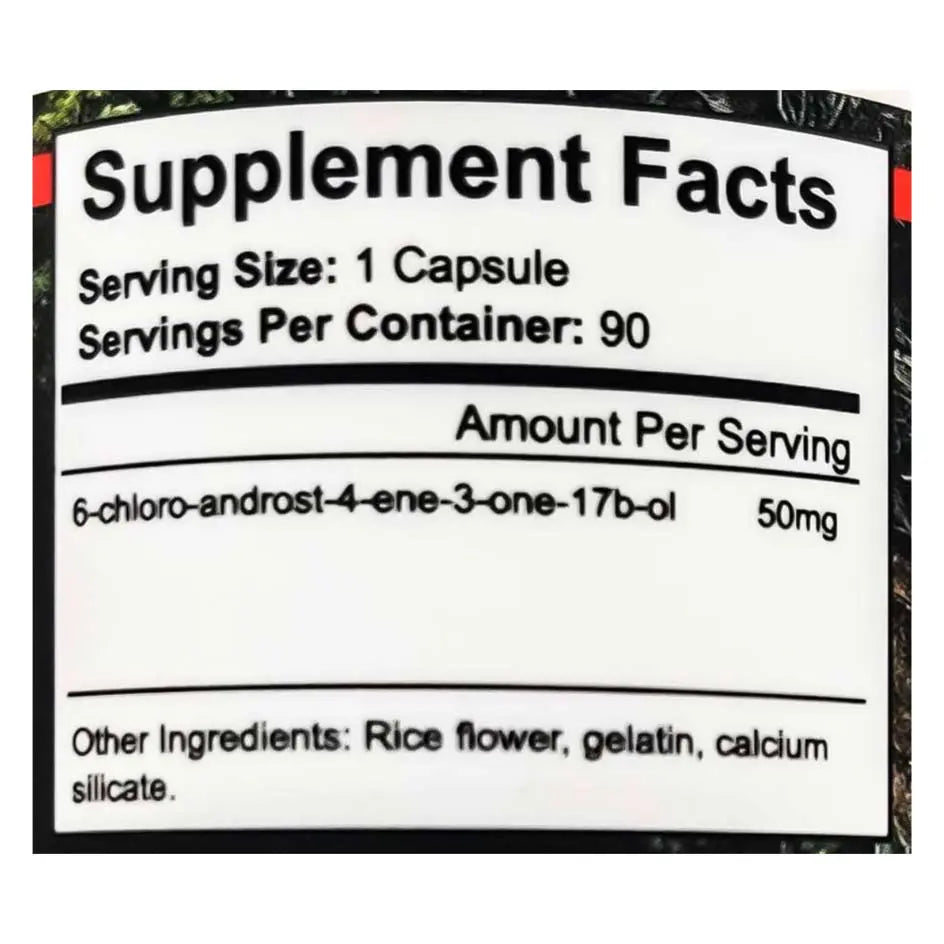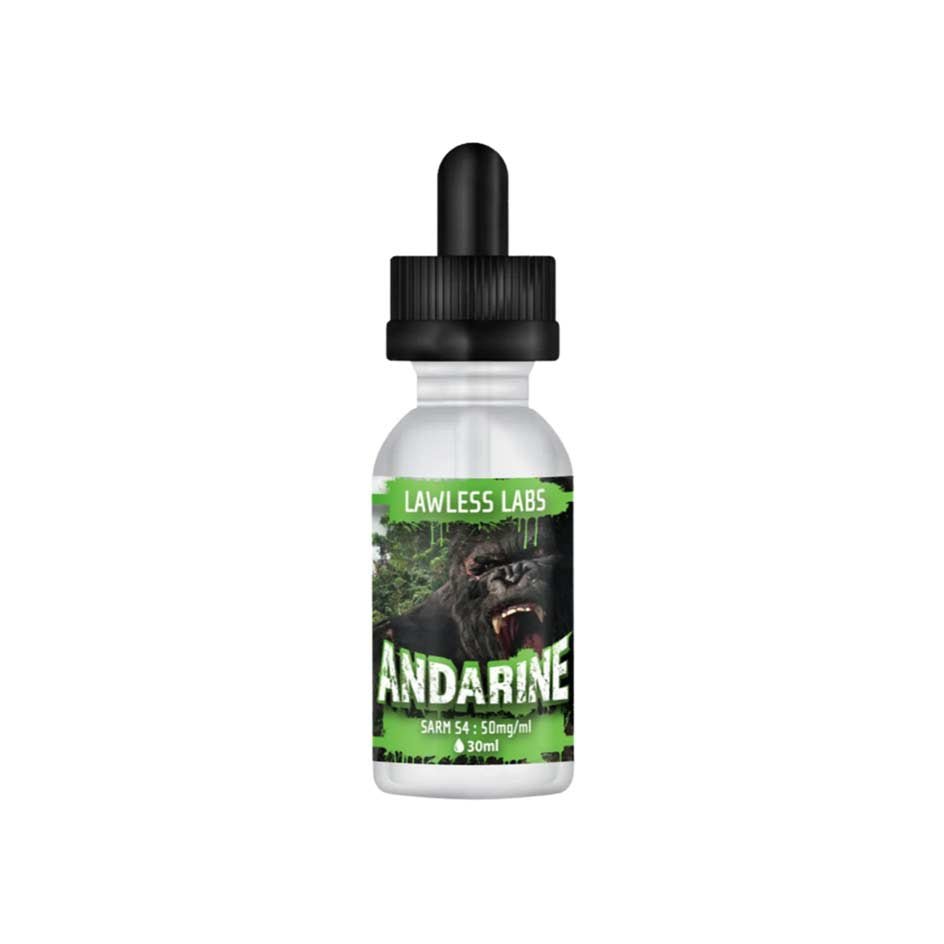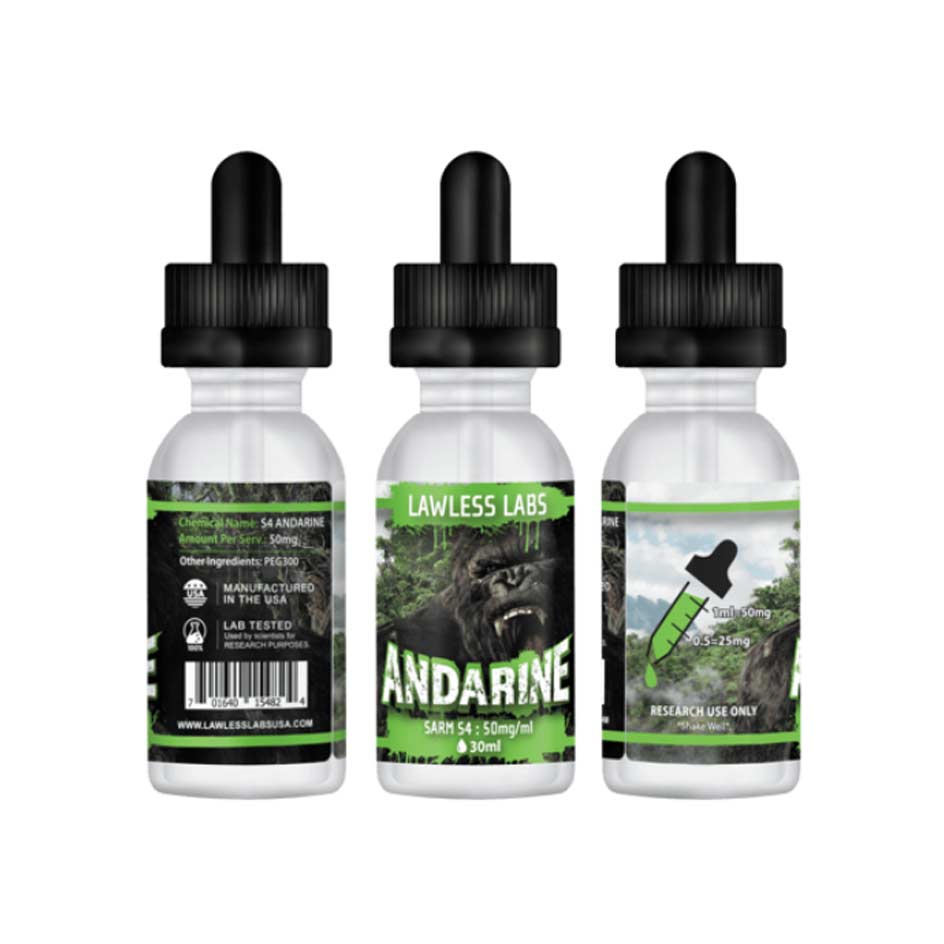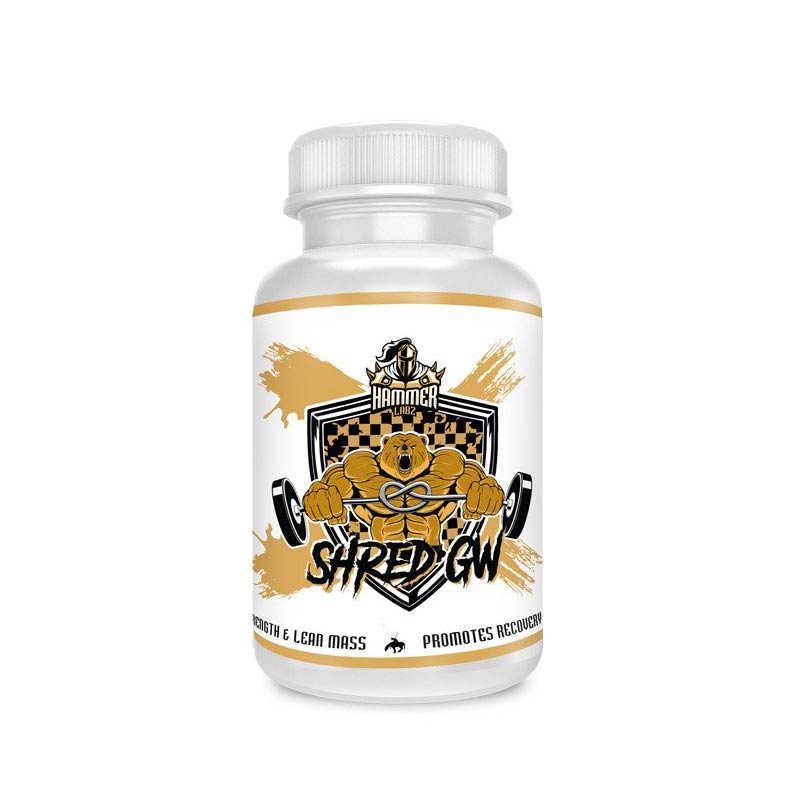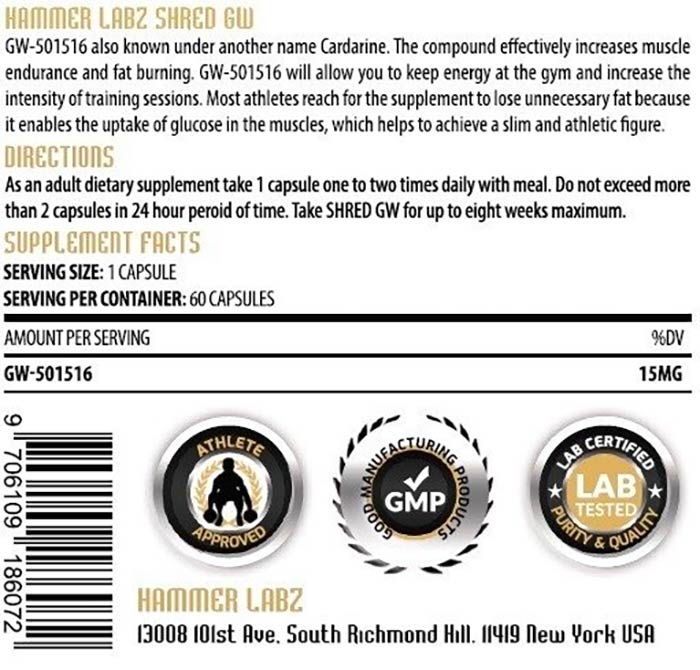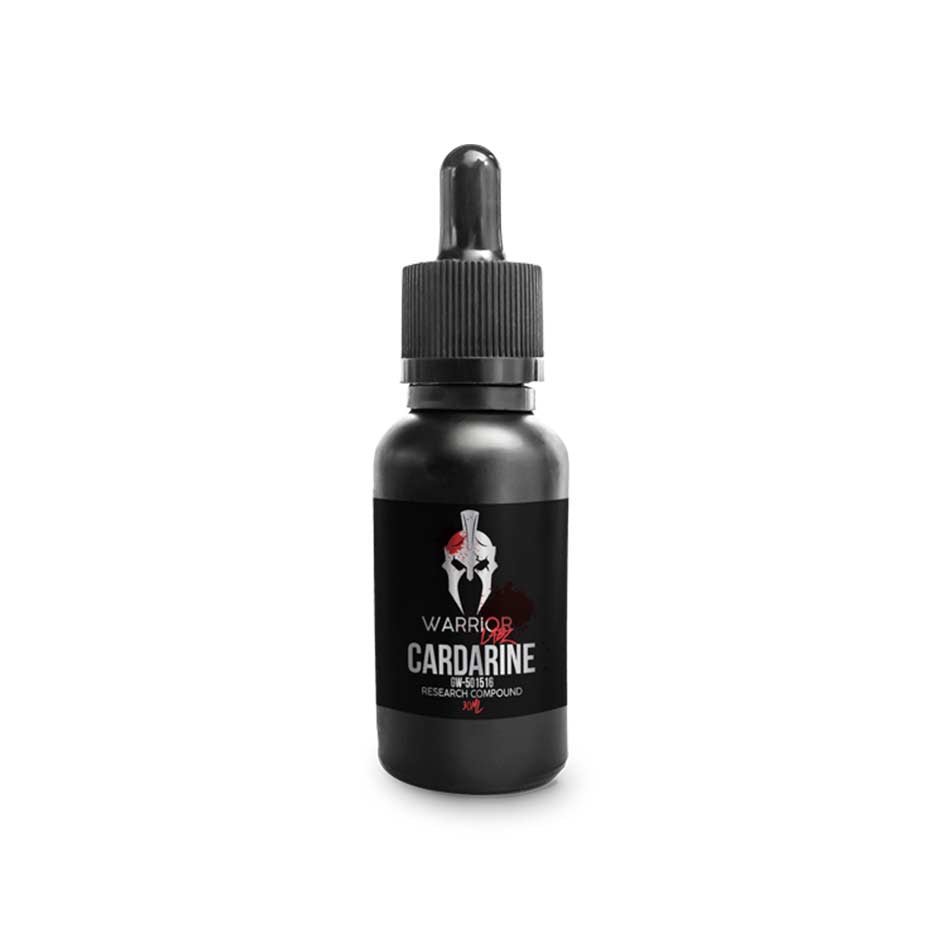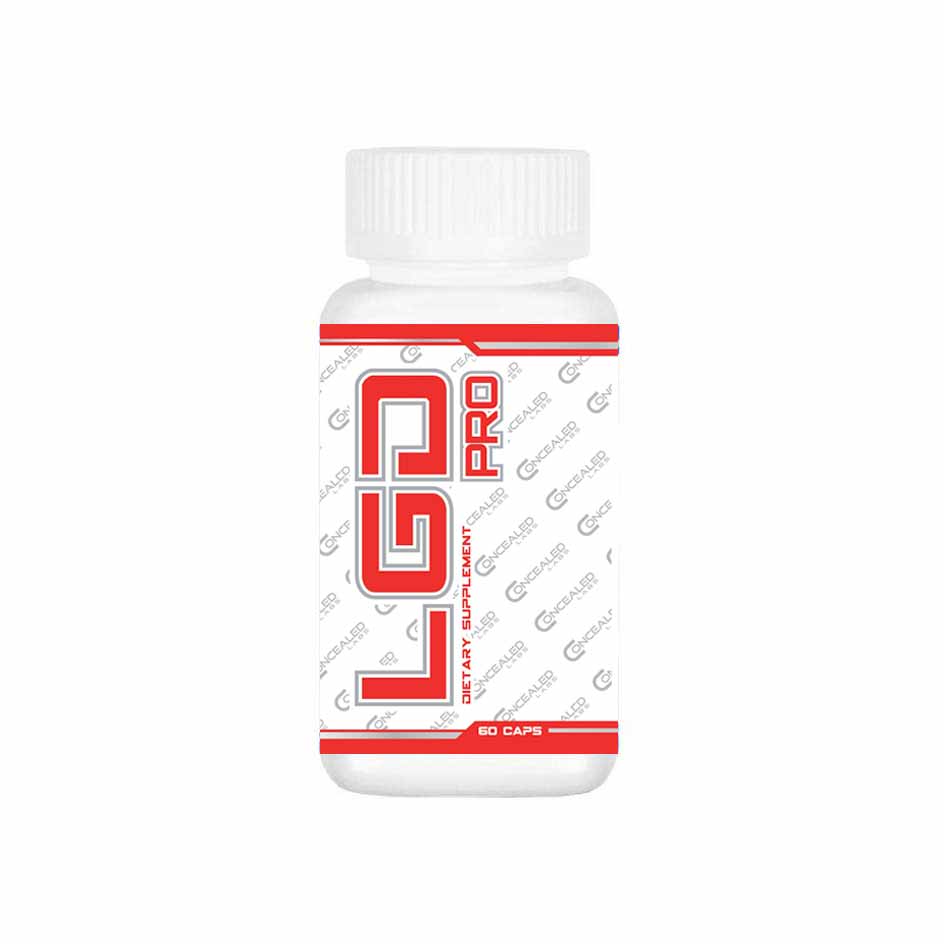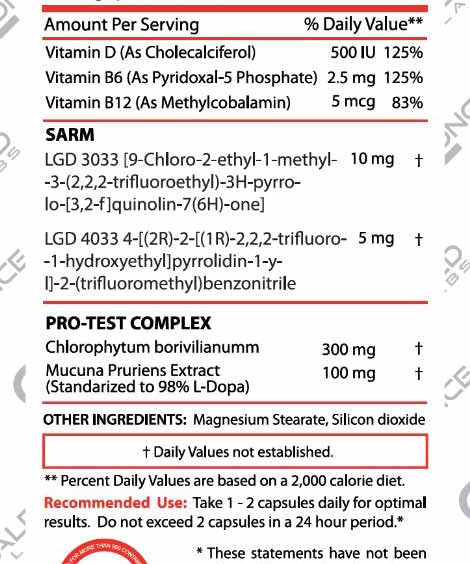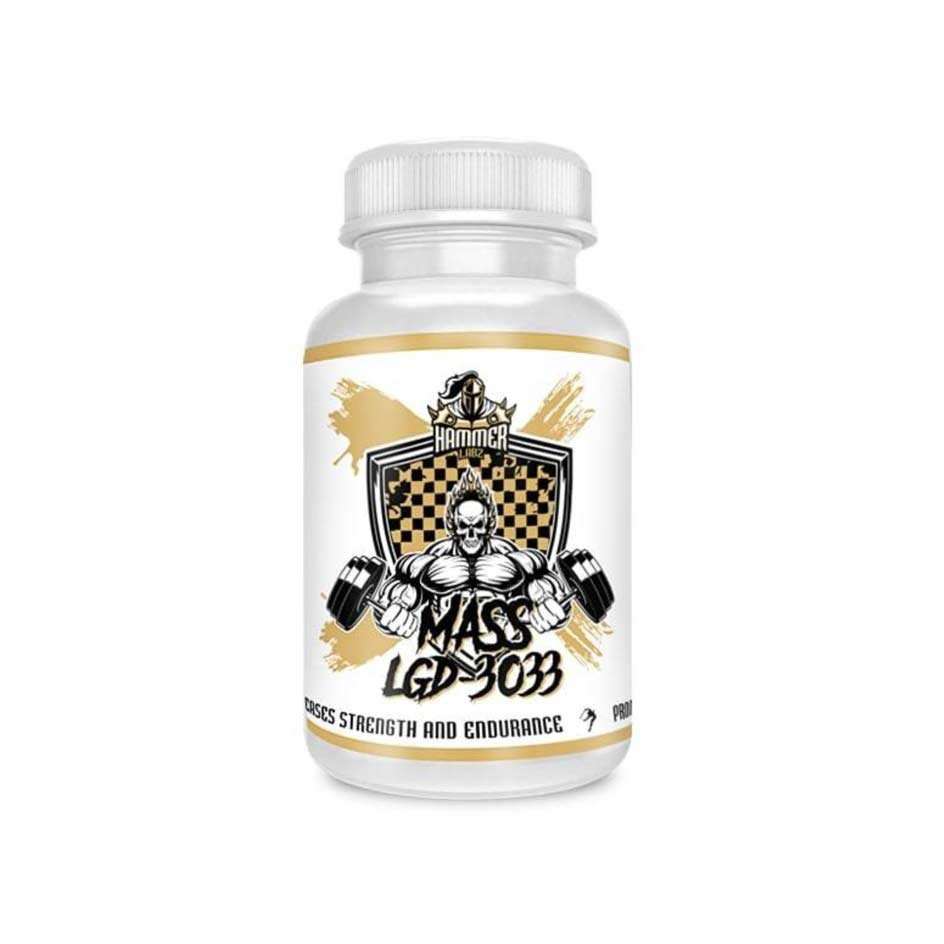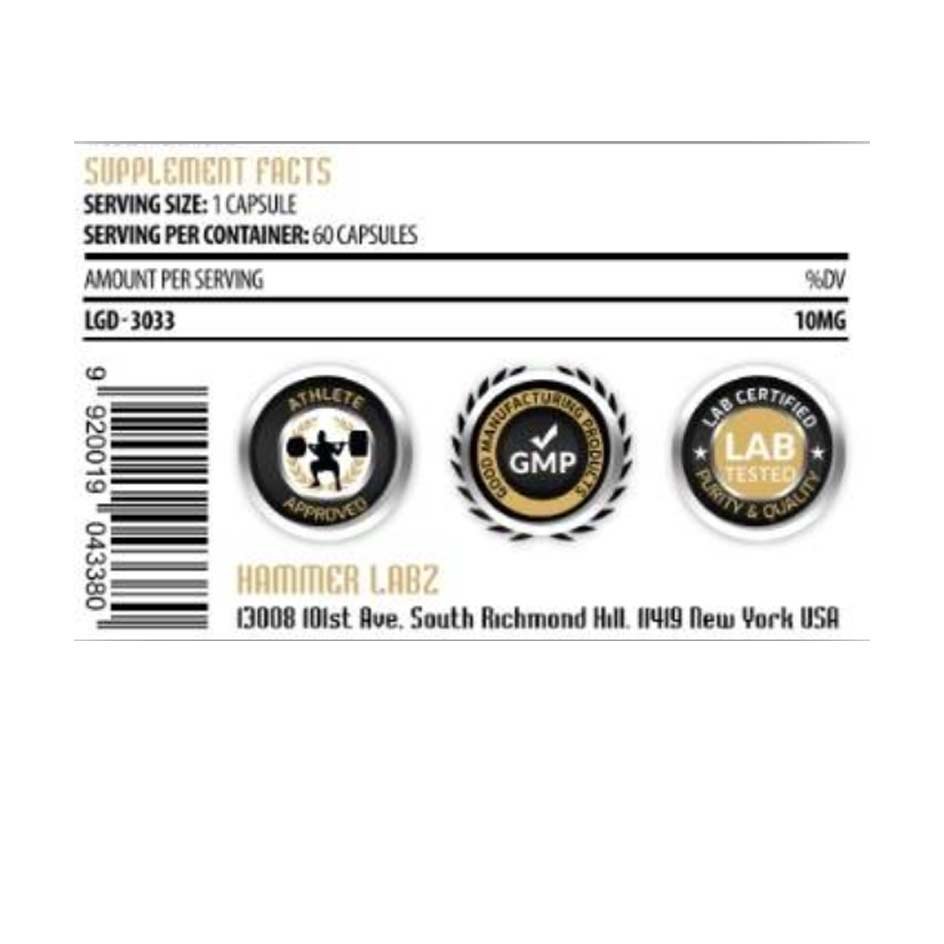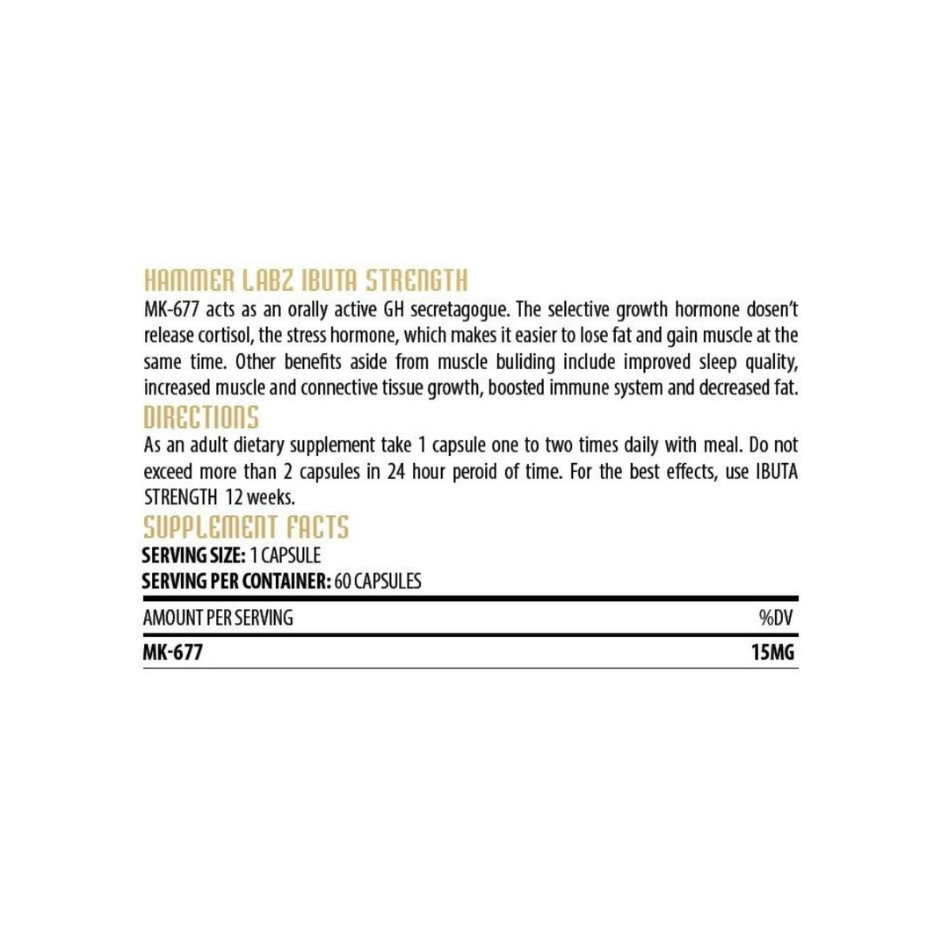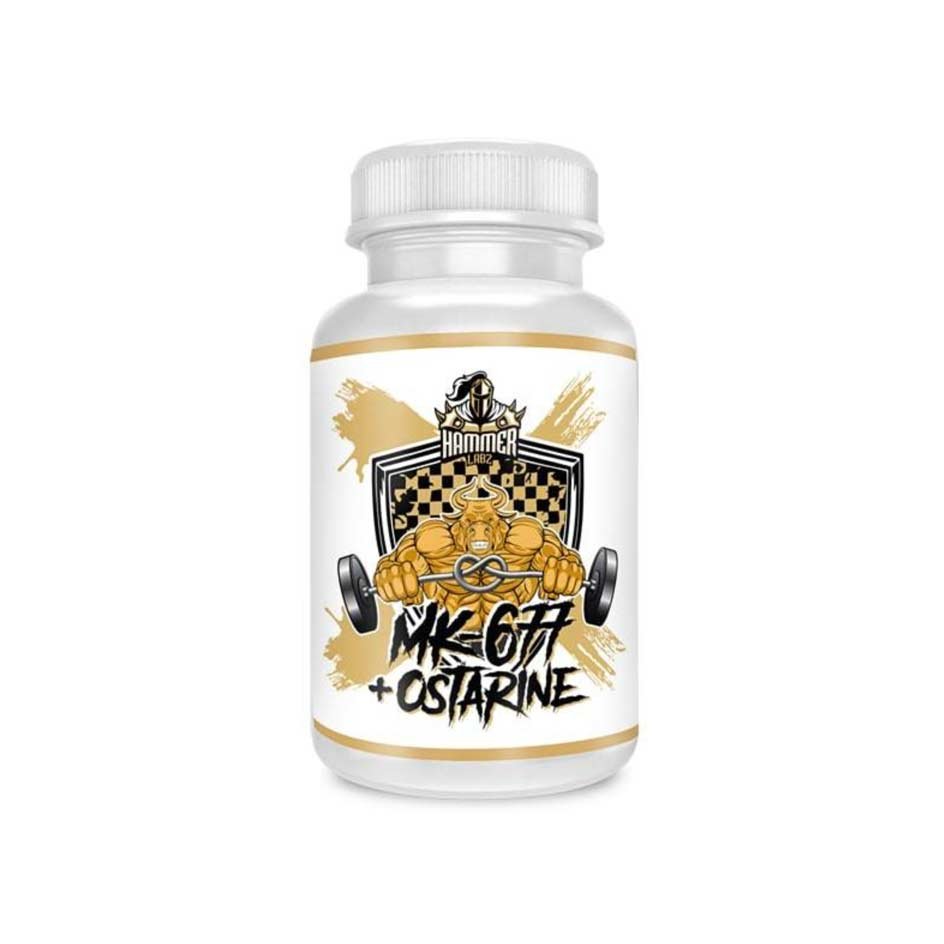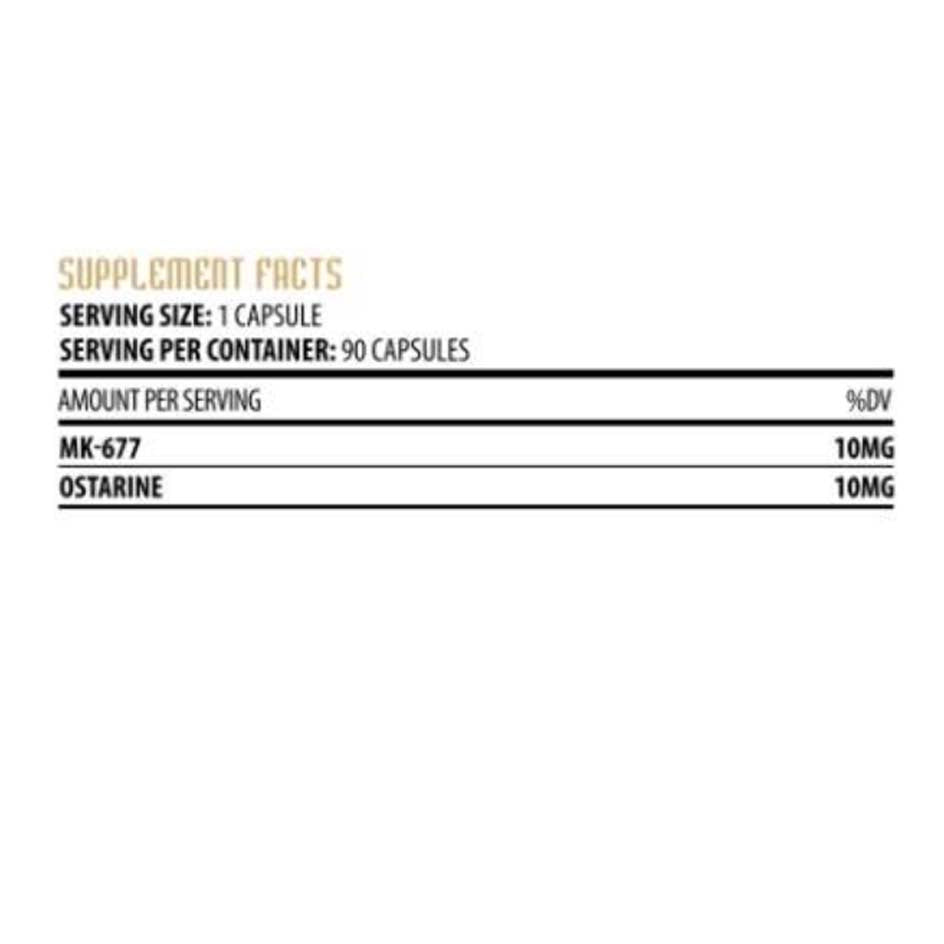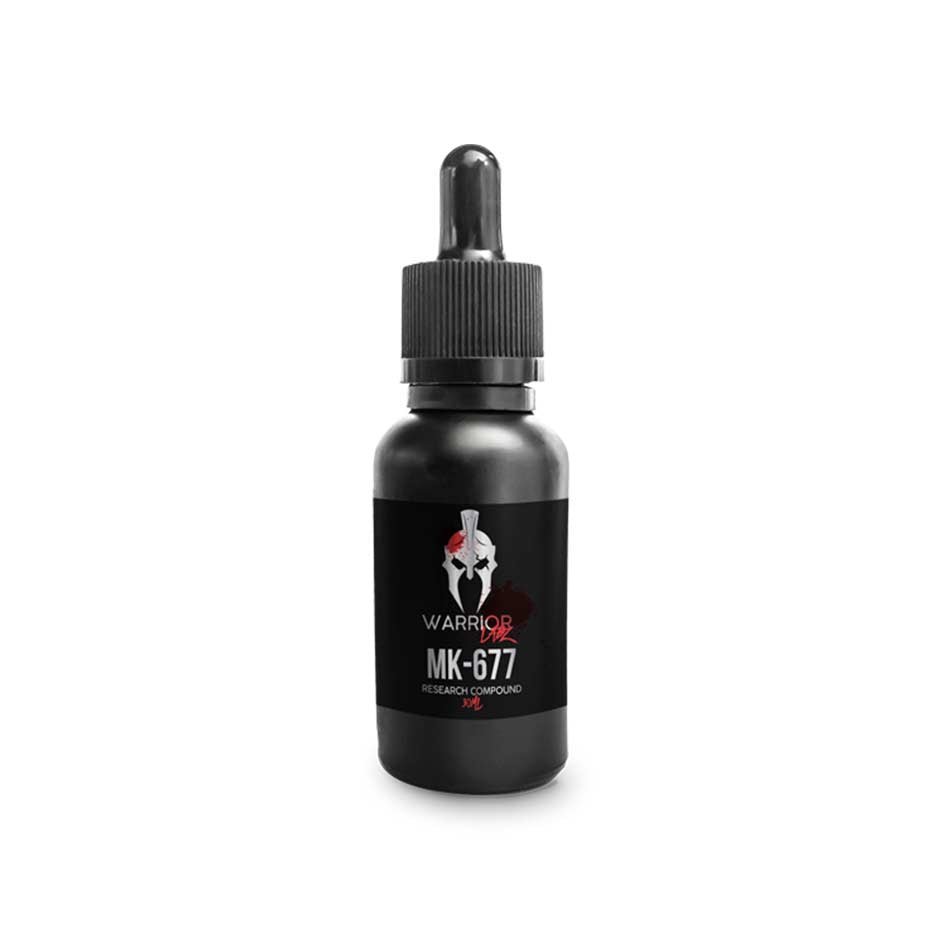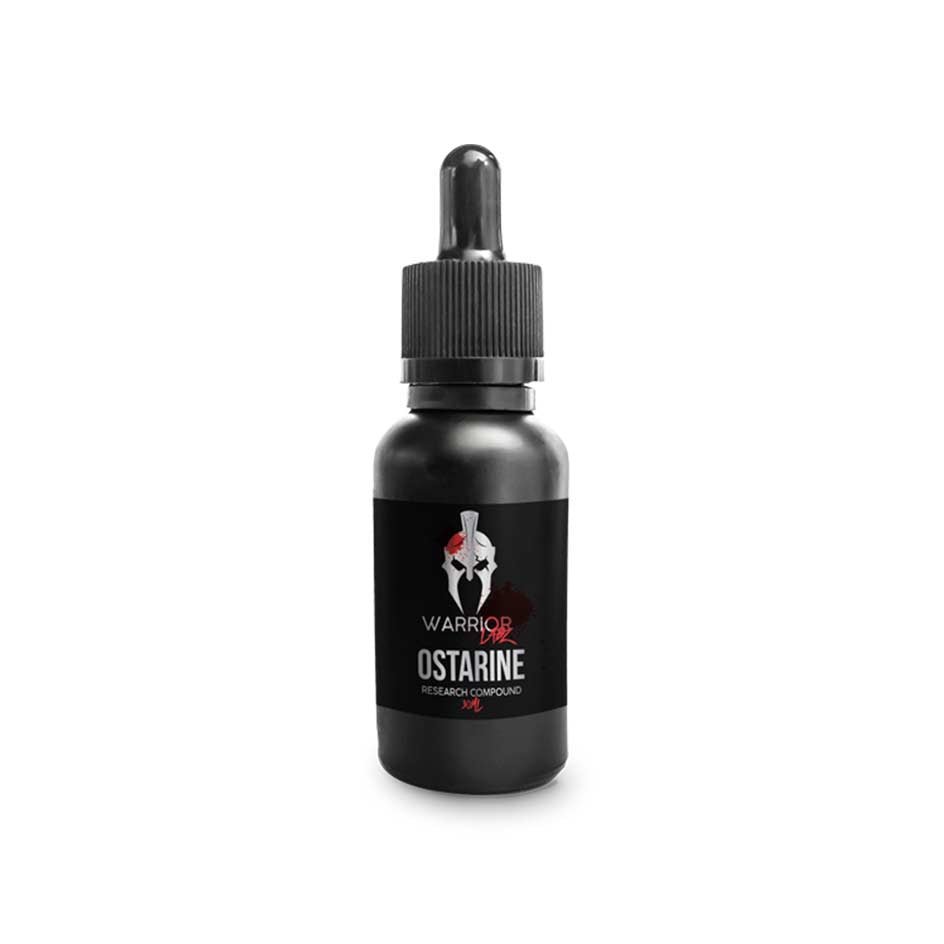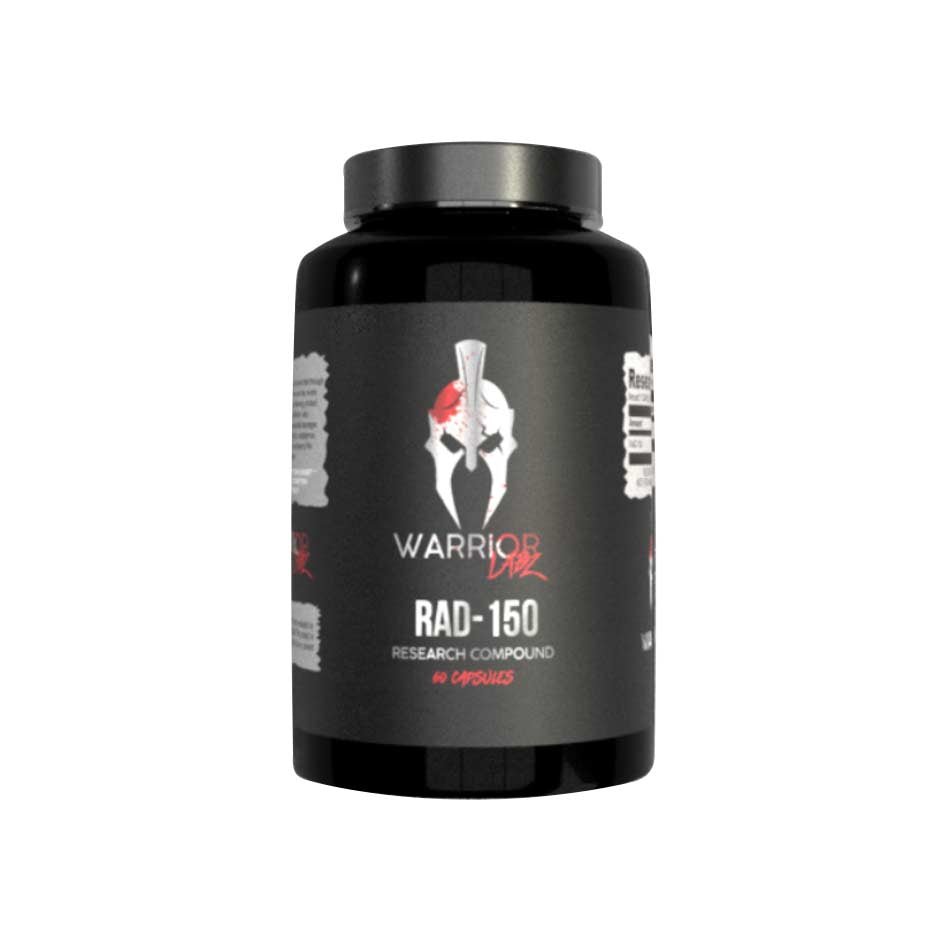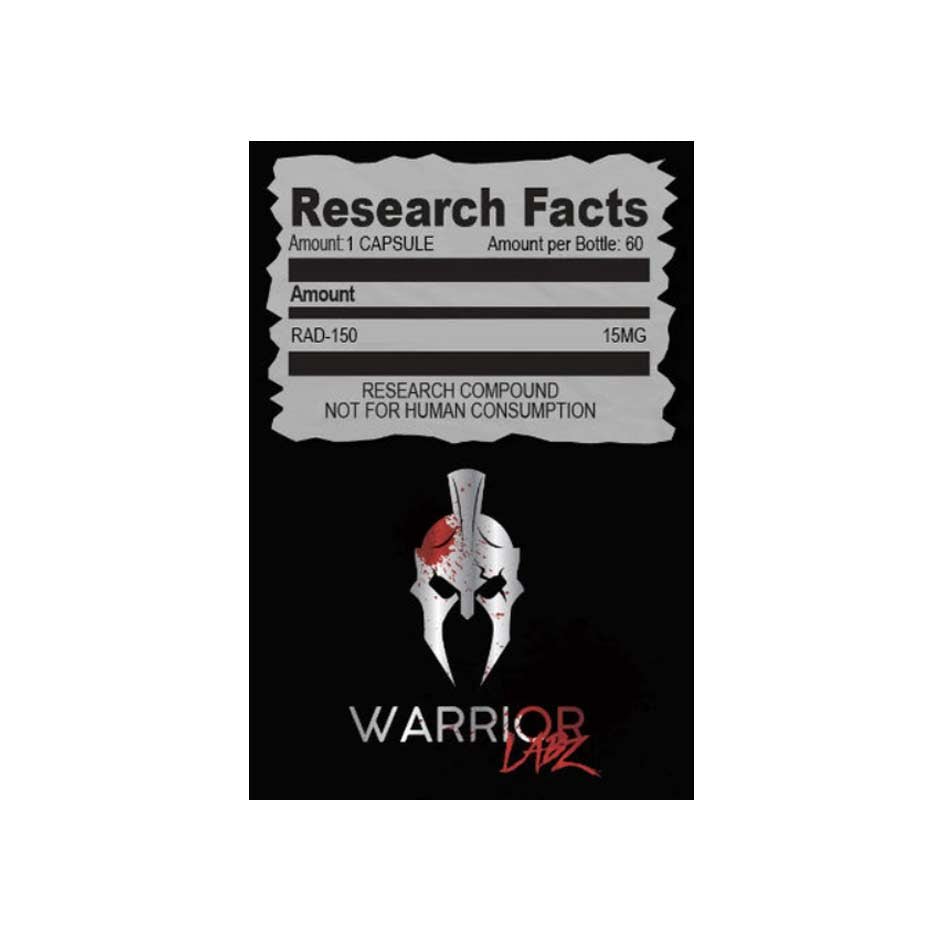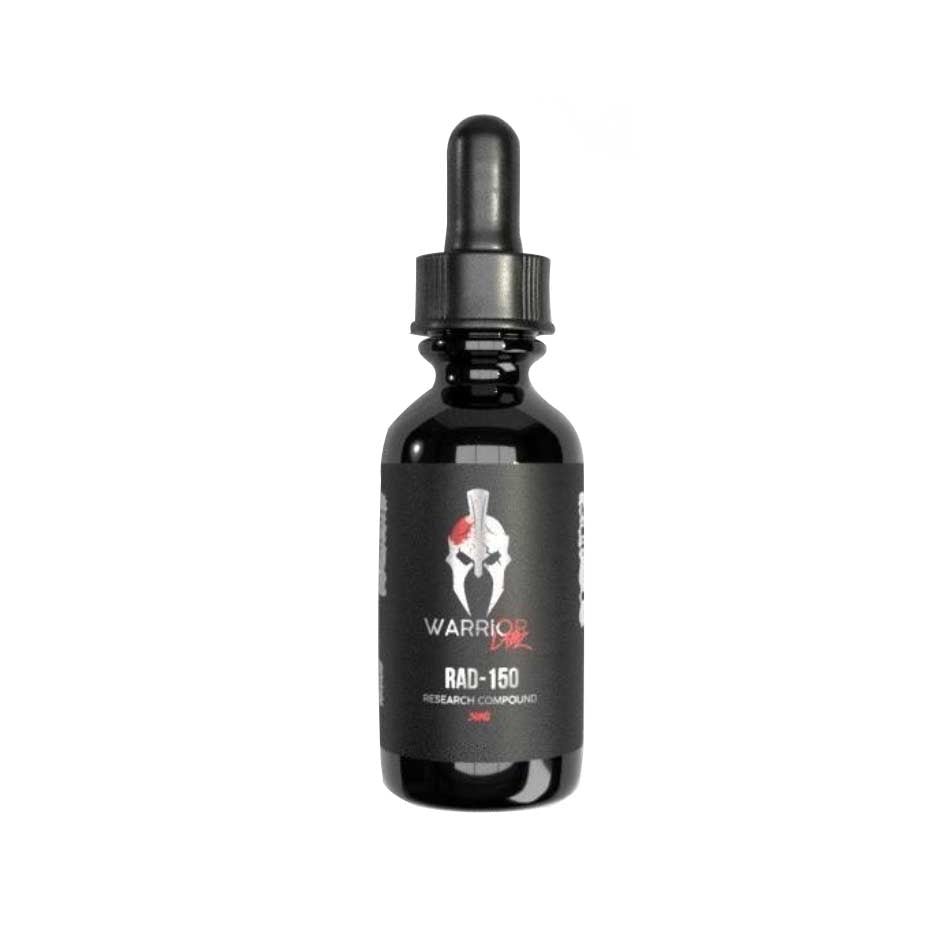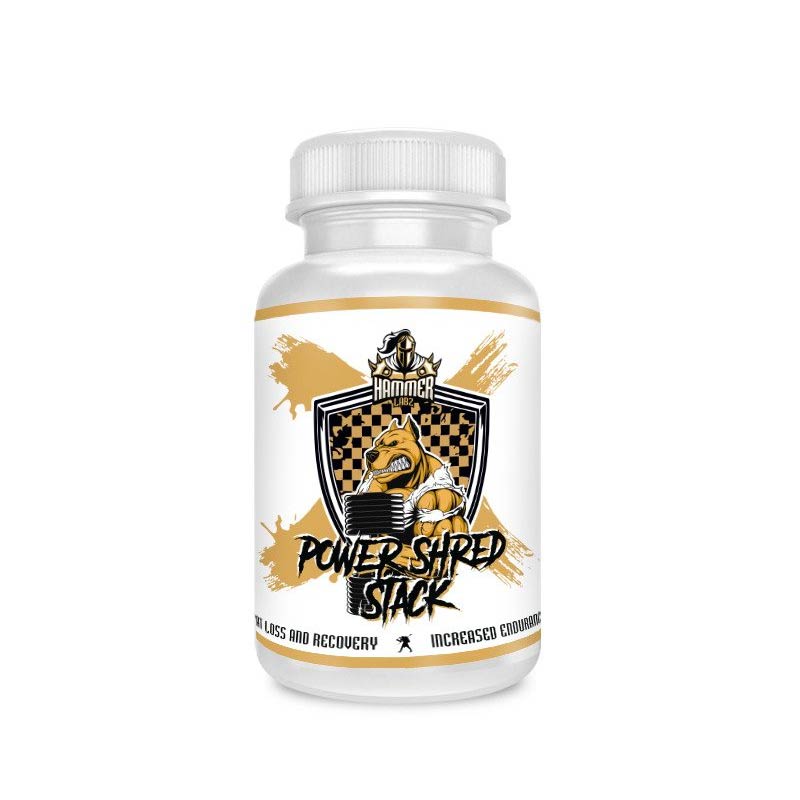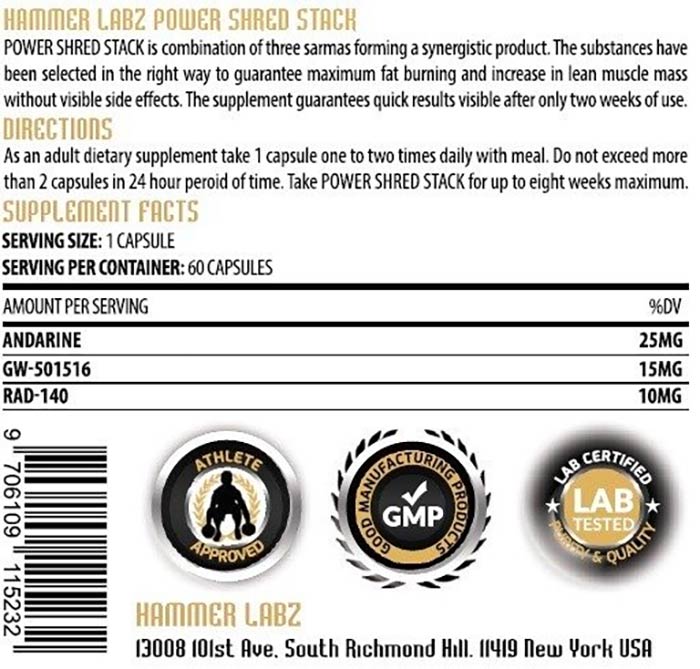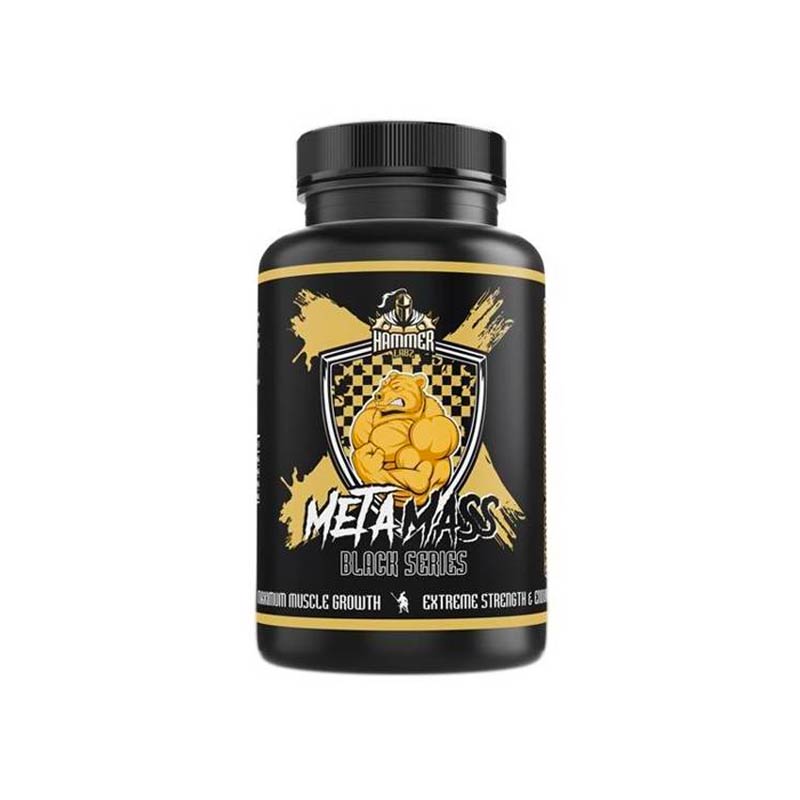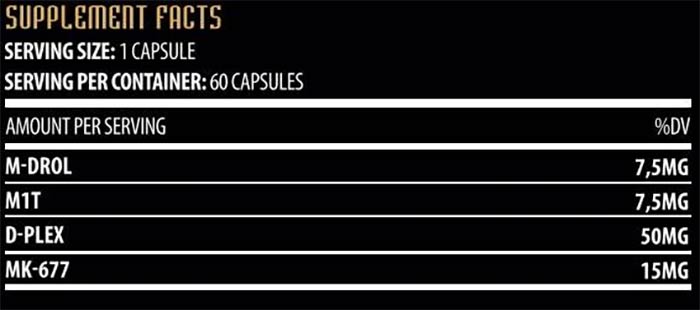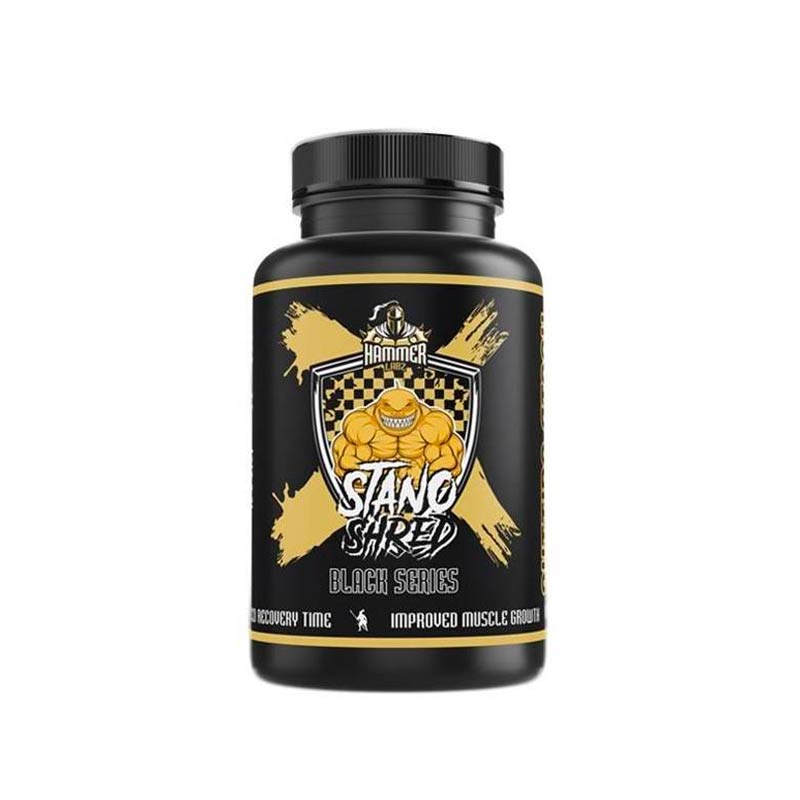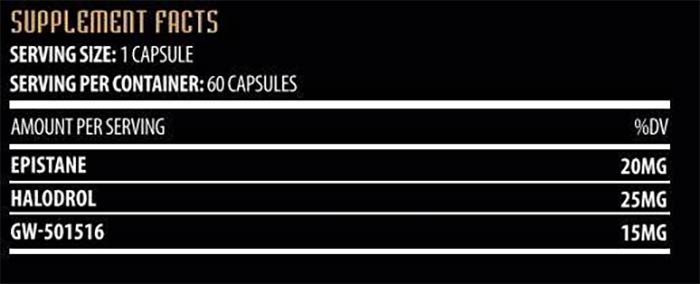What are SARMs?
SARMs are experimental substances developed as part of drug research and quickly found their way into sports. They have much in common with anabolic steroids; however, there are some significant differences. Unlike anabolic steroids, which are used not only in sports but also, and primarily, in medicine, SARMs have not yet been used for medicinal purposes. This makes their use for doping purposes all the more popular in competitive and recreational sports.
How do SARMs work?
"SARMs" is an abbreviation. It stands for "selective androgen receptor modulators." The full name provides information about their mode of action: SARMs stimulate the androgen receptors in the body. This means that they bind to the same sites where anabolic steroids bind. There, they exert a very similar effect to anabolic steroids, i.e., they promote the development of strength and muscle mass, strengthen bones, and improve oxygen transport. Unlike steroids, however, they do this selectively—that is, without a "broad-spectrum effect" on the organs. This eliminates many of the negative effects that normally accompany the use of anabolic steroids. These include:
- high blood pressure,
- water retention,
- Testicular atrophy (= shrinkage of the testicles),
- Gynecomastia (= female breast formation in men),
- Hair loss and
- excessively oily skin or the formation of acne.
The benefits of SARMs are impressive:
- Greatly accelerated muscle building– Several SARMs make muscles grow just as quickly as highly effective anabolic steroids (e.g. methandiene or “Dianabol” and nandrolone).
- Improve body composition– With some SARMs, the muscle-to-fat balance improves in favor of muscle mass within a short period of time. This is because these SARMs actually only build lean muscle mass, thus reducing the percentage of body fat.
- No aromatization– As already explained above, the use of SARMs does not cause the typical steroid side effects that are due to aromatization (conversion) of the active ingredient into female sex hormone.
- Oral availability– All SARMs are intended for use in shots. Bodybuilders who are afraid of injections don't have to worry.
- Fast onset of action– Most SARMs take effect very quickly, usually on the first day of use. So, you don't have to wait for a "level" to build up, as is the case with injectable steroids with long esterification.
However impressive the effects of SARMs may be, SARMs are certainly not harmless dietary supplements. Because they selectively (i.e., specifically) modulate androgen receptors without being androgens themselves, they are not perceived by the body as hormones; accordingly, they do not significantly disrupt hormonal balance. However, even the selective modulation of androgen receptors is still associated with certain undesirable side effects. Furthermore, some SARMs have side effects that do not fall within the spectrum of hormonal side effects and are therefore completely unknown for anabolic steroids.
How did SARMs come about?
Who "invented" SARMs can no longer be definitively determined. This is because pharmaceutical companies don't like to publicize their research activities – at least not until the results are satisfactory. And with regard to SARMs, the research results are not satisfactory at all (at least not from the pharmaceutical companies' perspective). To date, not a single SARM product has been approved as a drug. And only a few types of SARMs are still the subject of research; for many, experiments have been discontinued.
SARMs research began sometime in the late 1990s. It was based on the development of SERMs (selective estrogen receptor modulators), i.e., preparations that bind to estrogen receptors. Very positive experiences had been made with these. SERM research resulted in, among other things, the drug tamoxifen, which is still used today to treat breast cancer in women [1]. The idea was that if something works well with estrogen receptors, it should also work well with androgen receptors – so, following the successes with SERMs, scientists also turned their attention to SARMs. The goal was to develop medications with few side effects that could be used instead of anabolic steroids in the treatment of certain diseases, for example, osteoporosis, muscular dystrophy, anemia, and cachexia (abnormal weight loss).
Among the few pharmaceutical companies that have made their SARMs activities public is GTx Incorporated, a pharmaceutical company founded in 1997. It has developed, among other things, the as yet unapproved drug Enobosarm, based on the SARM Ostarine, and holds the licenses for the SARMs Andarine and Prostarine [2]. Ostarine and Andarine are currently the most extensively researched SARMs. They are also the only two for which approval as a drug is even conceivable in the future.
Why are there no SARMs drugs yet?
The reason why no SARM-based medications are currently on the market is simply the lack of positive study results. This, in turn, is due to the fact that many SARM studies were discontinued and that often only animal testing was conducted. For most SARMs, human trials were deemed too risky by the developers. Anyone wishing to buy and consume SARMs should therefore be aware that the active ingredients in question have almost exclusively been tested on animals.
What side effects do SARMs have?
The topic of "SARM side effects" is a difficult one – because due to the very limited number of human studies, not much is known about SARMs' side effects. However, that doesn't mean that the side effects are negligible! In fact, it must be assumed that some SARMs can have very unpleasant side effects. Animal studies suggest a spectrum of side effects that includes the following [3]:
- Increased risk of tumor formation
- Psychoses and hallucinations
- Liver damage
- Fetal damage (in women)
- Sexual dysfunction (in men)
- Tendon ruptures (partial and complete tears)
- Visual disturbances
Incidentally, it also seems to be incorrect that SARMs have an exclusively selective effect and do not affect the gonadal regulatory circuit. While they do not have any negative effects on the prostate, high doses can certainly lead to a reduction in testosterone production and the associated shrinkage of the testicles.
What SARMs are there?
Of the many SARM variants that have been researched in recent years, only a handful remain today. These are essentially the following:
Andarine (S4)
Andarine is one of the two GTx SARMs. Rat studies indicate that Andarine is very effective at promoting muscle growth while simultaneously inhibiting fat gain [4]. For this reason, Andarine is often compared to "recomposition" steroids such as trenbolone or Superdrol. However, doses above 50 mg can cause a slight reduction in testosterone production. Furthermore, visual disturbances or cases of temporary "yellow vision" (vision as if through a yellow filter) have been reported.
Cardarine (GW-501516)
Cardarine occupies a special position among SARMs because it does not promote muscle growth. It was developed in the 1990s as part of a collaboration between the pharmaceutical companies Glaxo Smith Kline and Ligand Pharmaceuticals to combat obesity and diabetes [5]. Indeed, rats administered Cardarine showed improved fatty acid metabolism in muscle cells and resistance to obesity. Cardarine is therefore a fat burner, not an anabolic steroid. However, because animal studies occasionally caused tumor formation at very high doses, Glaxo Smith Kline and Ligand Pharmaceuticals ultimately discontinued Cardarine development.
Ligandrol (LGD-4033)
The SARM Ligandrol is comparable in its effects to the steroid nandrol ("Deca-Durabolin"): It builds muscle mass and strength, increases bone density, and enhances well-being – this is the result of human studies conducted on healthy young men [6]. (After all, Ligandrol is one of the few SARMs that has also been tested on humans.) However, Ligandrol causes mild subcutaneous water retention. At higher doses, just like Andarine, endogenous testosterone production is reduced.
Ostarine (MK-2866, GTx-024)
Ostarine is the best-researched SARM. It works similarly to methenolone ("Primobolan"): With Ostarine, you can build solid muscle mass without any water retention. This even works in a calorie deficit, making Ostarine an ideal diet anabolic steroid. While mass gains with Ostarine are significantly lower than with, for example, Ligandrol, testosterone production is barely affected [7]. Nightmares may occur initially during use. And if you are not yet ready to have a family, you should use contraception for at least 6 months after using Ostarine, because Ostarine is suspected of being teratogenic and damaging sperm.
Who should take SARMs?
SARMs for beginners
Training beginners should stay away from SARMs. As already explained at the beginning, SARMs are not dietary supplements, but rather drug-like preparations with side effects.
SARMS for women
Because SARMs have only a minimal impact on hormone levels, their use is not as risky for women as the use of anabolic steroids. However, women who want to use SARMs should always choose the smallest possible dosage.
SARMS for bodybuilders
Bodybuilders who already have experience with steroids can, of course, also take SARMs. They will experience fewer side effects than with steroids – with similarly good gains. However, using SARMs and steroids in parallel is not advisable. Both substances target the same receptors, so parallel use does not result in any greater benefit – but the risk of side effects is almost incalculable. It makes more sense to use SARMs as a bridge, i.e., to bridge steroid-free phases. It should be noted, however, that the hormone balance does not recover greatly during this time, as SARMs also impair the gonadal regulatory circuit. For other organs, such as
For example, the prostate or the kidneys, which are severely affected by some roids, bridging with SARMs can be somewhat restorative.
Are SARMs legal?
The legal status of SARMs is somewhat vague. Although SARMs are not approved as medications or dietary supplements anywhere in the world, they may not be sold or purchased for human consumption. However, their sale for research and experimental purposes is permitted in many countries (except Australia)! This means that retailers wishing to sell SARMs must label them with the note "Not approved for human consumption." It should also be noted that SARMs are doping: All SARMs are classified as doping substances according to the WADA list. Anyone who consumes SARMs and participates in a competition subject to doping tests risks a positive test result and subsequent criminal proceedings.
Where can you buy SARMs?
Since SARMs are not actually illegal, they are available in many international online shops. When purchasing, however, you should always keep the following in mind: Most SARMs products are not produced by licensed pharmaceutical companies, but by underground Chinese or Indian laboratories. No one knows how good these are – except for the customers who have already purchased and tested the products. It is therefore advisable to only shop at shops with good user reviews.
- pharmazeutische-zeitung.de (2019): SERM – Diversity in a class of substances (https://www.pharmazeutische-zeitung.de/vielfalt-in-einer-stoffklasse/)
- en.wikipedia.org (2023): GTx Incorporated (https://en.wikipedia.org/wiki/GTx_Incorporated)
- J. Xenobiot (2023): “Systematic Review of Safety of Selective Androgen Receptor Modulators in Healthy Adults: Implications for Recreational
Users” – Published online (https://www.ncbi.nlm.nih.gov/pmc/articles/PMC10204391/) - Kearbey, Jeffrey D., et al. (2007): “Selective androgen receptor modulator (SARM) treatment prevents bone loss and reduces body fat in ovariectomized
advice.” – Pharmaceutical research 24.2 (https://pubmed.ncbi.nlm.nih.gov/17063395/) - P. Pelton (2006): “GW-501516 GlaxoSmithKline/Ligand” – R & D Focus Drug News (https://pubmed.ncbi.nlm.nih.gov/16625823/)
- S. Basaria et al. (2012): “The safety, pharmacokinetics, and effects of LGD-4033, a novel nonsteroidal oral, selective androgen receptor modulator, in healthy young men” – J Gerontol A Biol Sci Med Sci (https://pubmed.ncbi.nlm.nih.gov/22459616/)
- W. Evans et al. (2007): “Ostarine increases lean body mass and improves physical performance in healthy elderly subjects: Implications for cancer cachexia patients” – 2007 ASCO Annual Meeting (https://ascopubs.org/doi/10.1200/jco.2007.25.18_suppl.9119)











